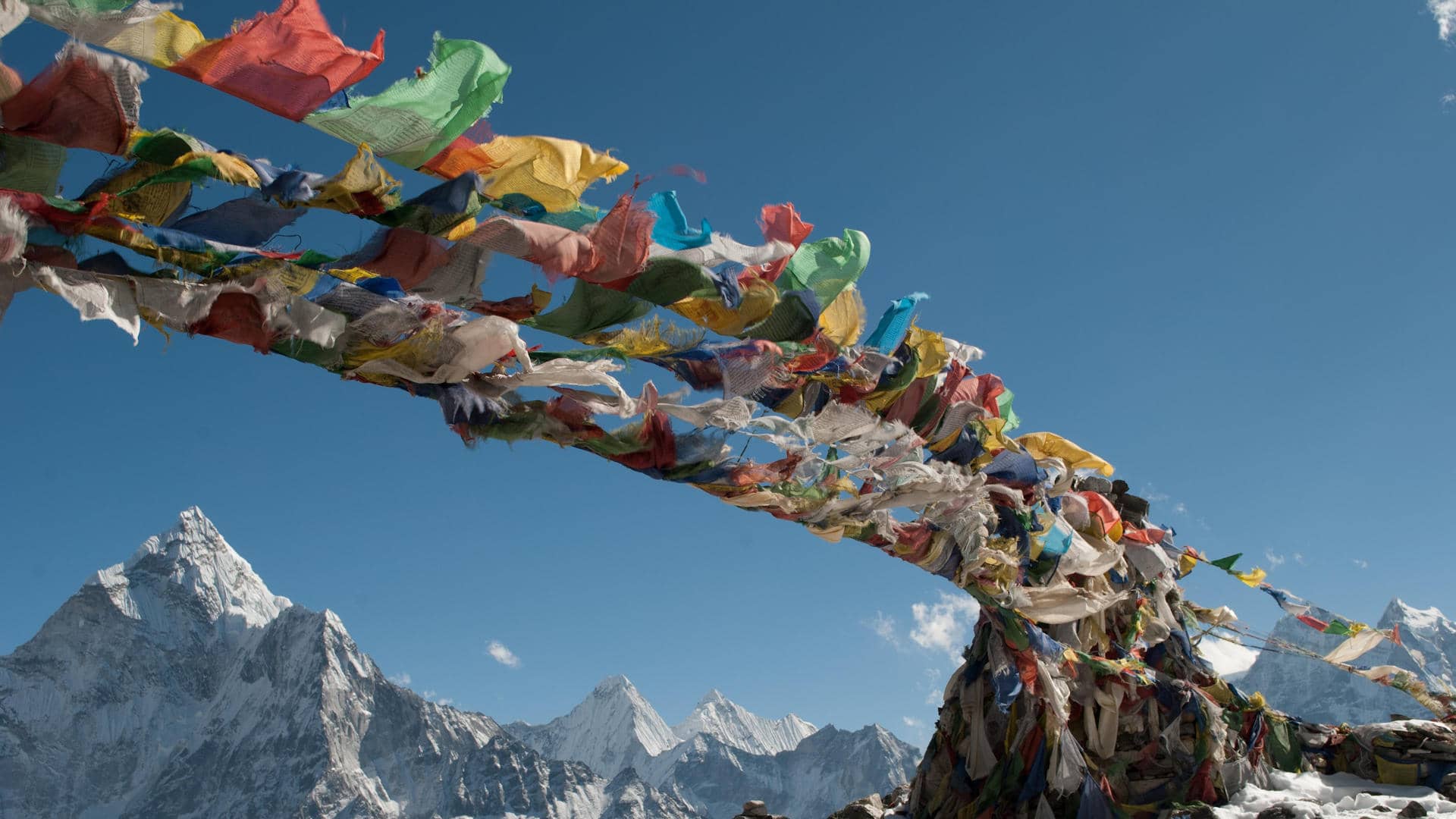faq
Questions & Answers
Frequently asked questions
1 What time of year should I go trekking?
The best time of year for viewing the Himalayas is in the fall and spring; these seasons offer the best weather conditions and mountain views.
2 How do we get Nepal Visa?
Nepal visa can be obtained from the nearest Nepal Embassy in your home country, or it can be obtained on arrival at the Tribhuwan Internation airport, Kathmandu.
Fee structure & Visa Fee:- US $ 25 for 15 days visa
- US $ 40 for 30 days visa
- US $ 100 for 90 days visa
To avoid a possibly long queue on arrival, please fill the visa form. For downloading the visa form, please click here.
You can apply online by clicking here.3 What happens when we arrived at the airport?
Upon arrival our Himalayan destiny staff member will pick you up from the airport and check you in at the assigned hotel.
4 Should we purchase travel insurance?
We highly recommend you purchase travel insurance before you travel to any foreign country. Travel insurance can help minimize the risks of international travel: accidents, illness, missed flights, canceled tours, lost baggage, theft, and medical evacuation.
5 What happens if we cancel?
There is no cancellation fee if the trip is cancelled prior to two weeks before the start of the trip.
If the trip is cancelled within two weeks of the start date, 50% of the fees are charged as a cancellation fee.
If cancellation occurs within 24 hours of the start of the trip, 100% will be charged.6 How are treks arranged in Nepal?
In Nepal, organized trekking exists in almost all areas, from the very well-traveled, to the off-the-beaten path areas. Trekkers can trek independently, from local teahouse to teahouse, or on more organized camping trips with a range of support.
7 How easy or difficult are treks?
Treks can be arranged at any level of difficulty, from easy meandering to expert-level mountain climbing. Most trekkers, however, choose a middle path, hiking alongside the accessable paths that locals also use. Trekkers should be in physically fit, but easier treks can be arranged for those who prefer to take a relaxed, easy pace. Organized treks involve local porters, who carry all the gear for the trekking party.

